Best Space Photos of the Week - Aug. 13, 2011
Galaxies That Exclaim, A Necklace Nebula And Solar Flares
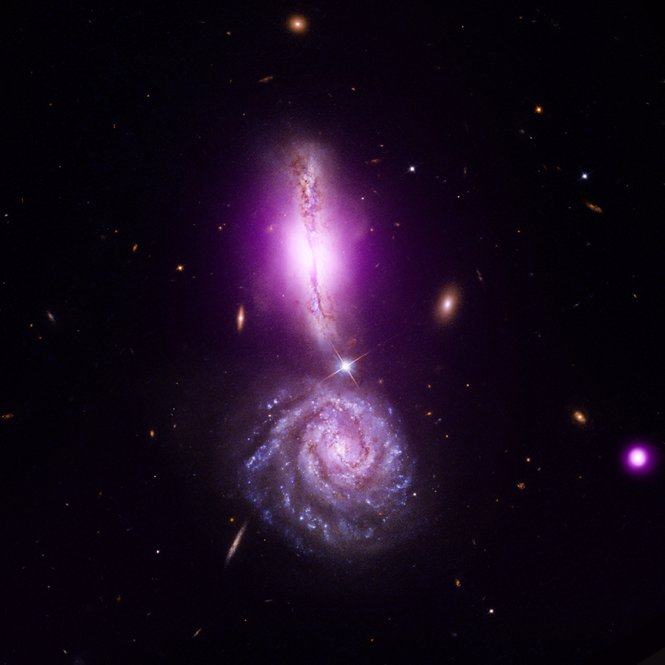
This week we watched galaxies collide to make an exclamation point and caught a stunning view of New York City. Check out the most amazing space photos of the week.
Sun Unleashes Largest Solar Flare in Years
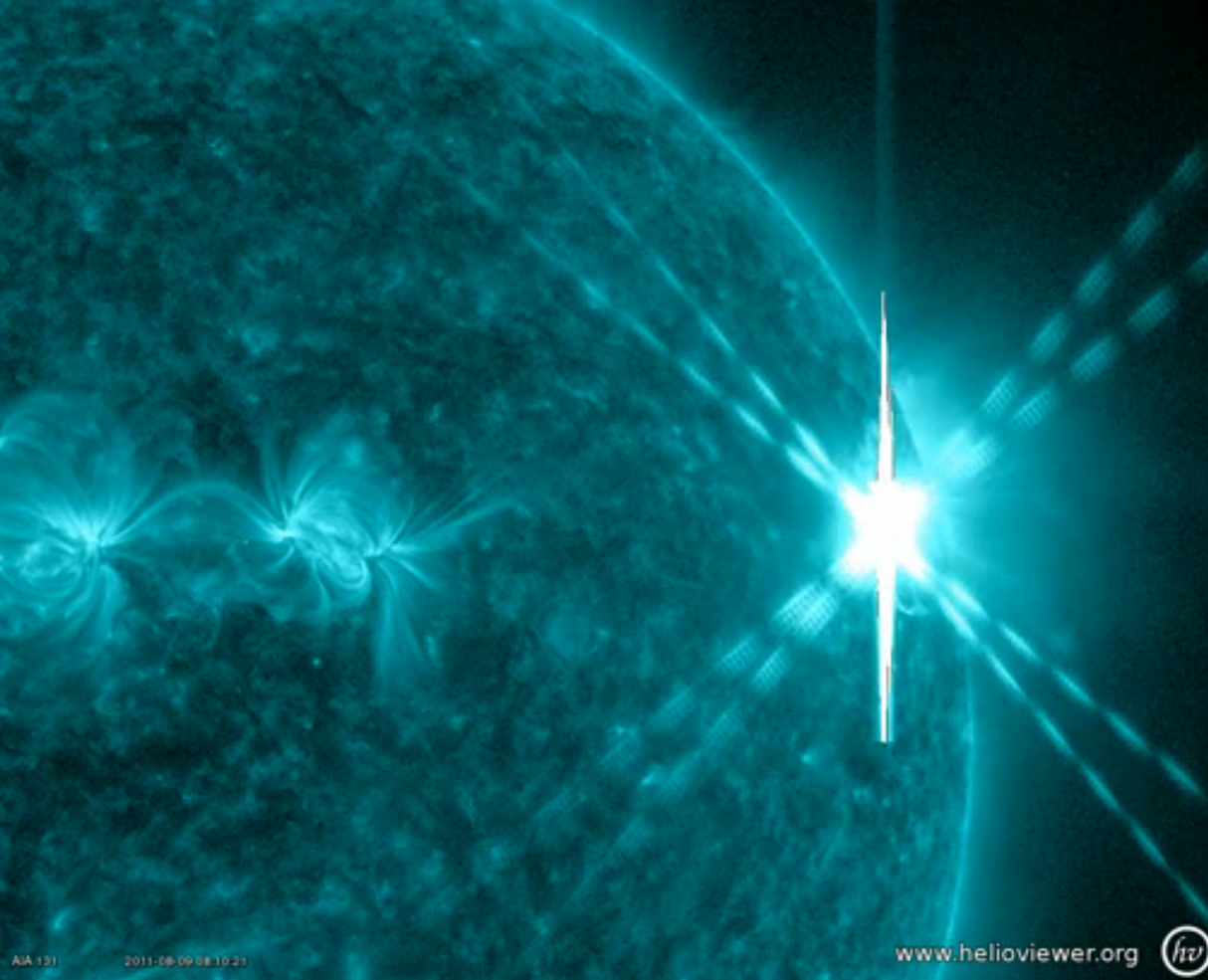
An extremely powerful solar flare, the largest in over four years, rocked the sun early Tuesday (Aug. 9), but did not wreak any serious havoc here on Earth, scientists say. [Full Story]
'Fluffy' Spiral Galaxy Shines in New Photo
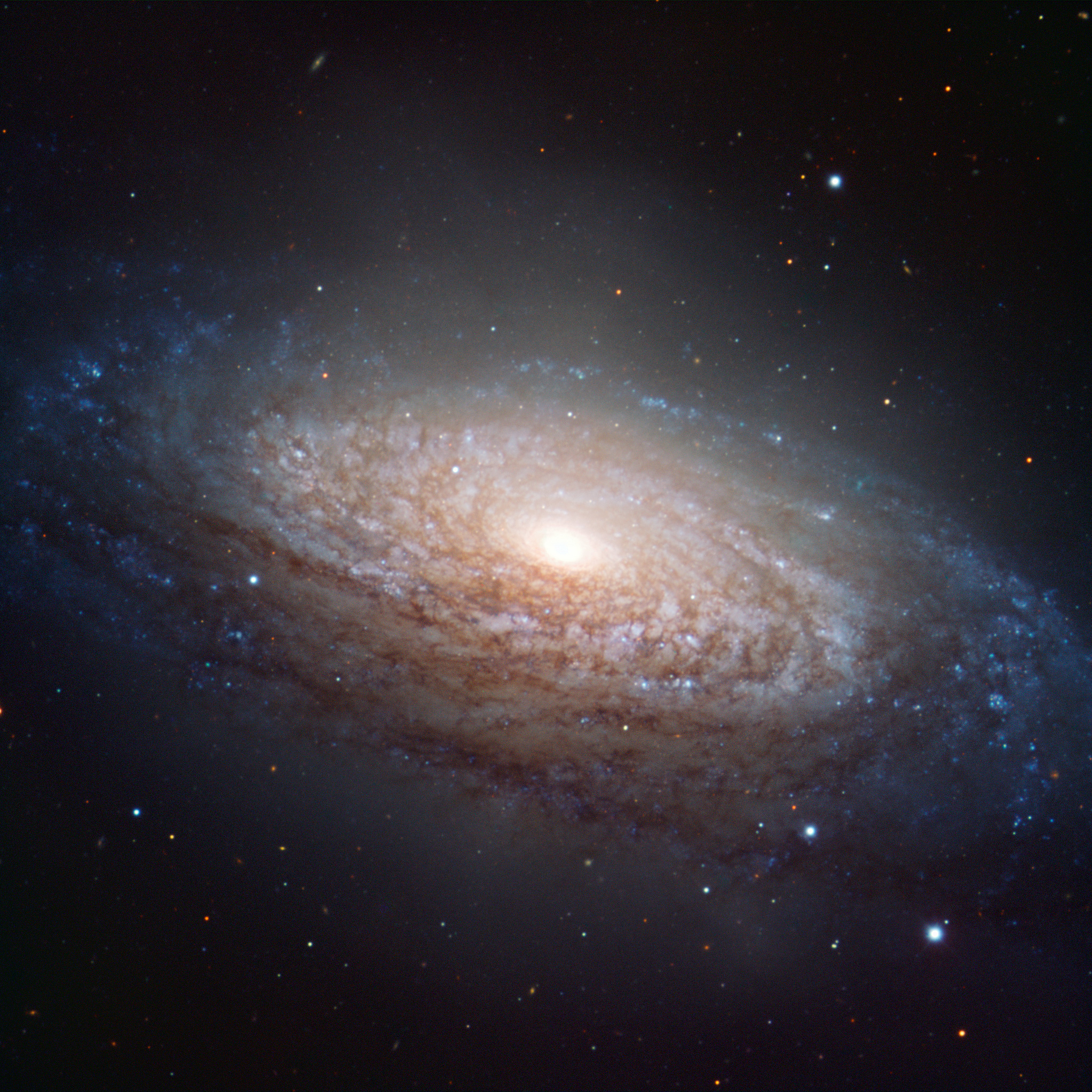
A new image from the European Southern Observatory's Very Large Telescope shows a spiral galaxy located about 35 million light years away in the constellation of Leo (The Lion). This image was released on Wednesday, Aug. 10.[Full Story]
Astronauts Spy Beautiful Summer Day in NYC

All five boroughs of New York City — Manhattan, Brooklyn, Queens, the Bronx and Staten Island — and the clear skies above them can be seen in this recent image taken by NASA astronaut Ron Garan aboard the International Space Station. [Full Story]
Put a Ring on It
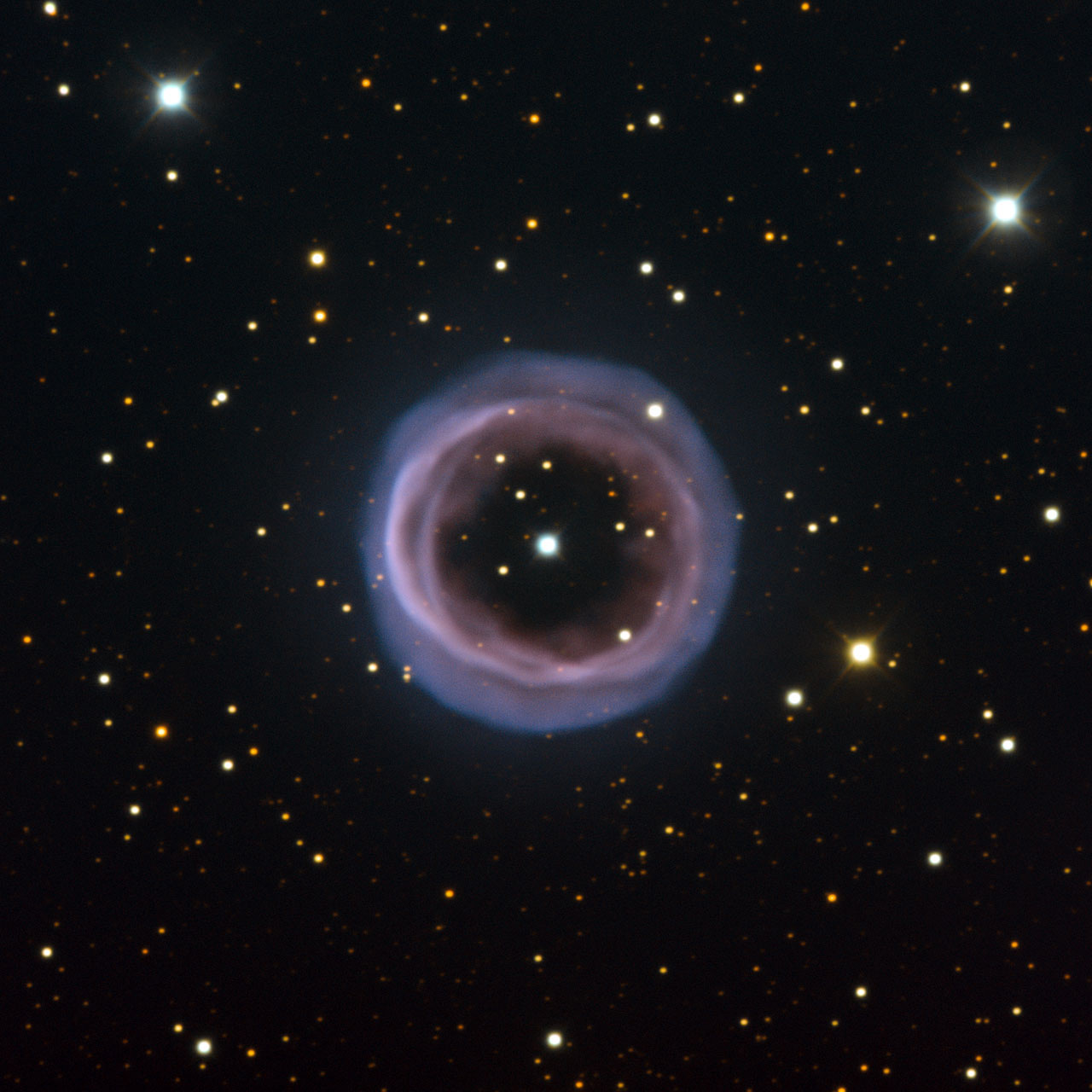
The Fine Ring Nebula seems to emanate from a binary star system. Observations suggest that the binary pair spins in a circle we see face-on from our vantage point, implying that the planetary nebula's structure aligns the same way. We are looking down on a torus (doughnut shape) of ejected material. Planetary nebulae form when some dying stars, after expanding into a red giant phase, expel a shell of gas as they evolve into white dwarfs. Most planetary nebulae are either spherical or elliptical in shape, or bipolar. This image was posted on Wednesday, Aug. 10. [View all images]
NASA Rover Arrives at Huge Mars Crater After 3-Year Trek
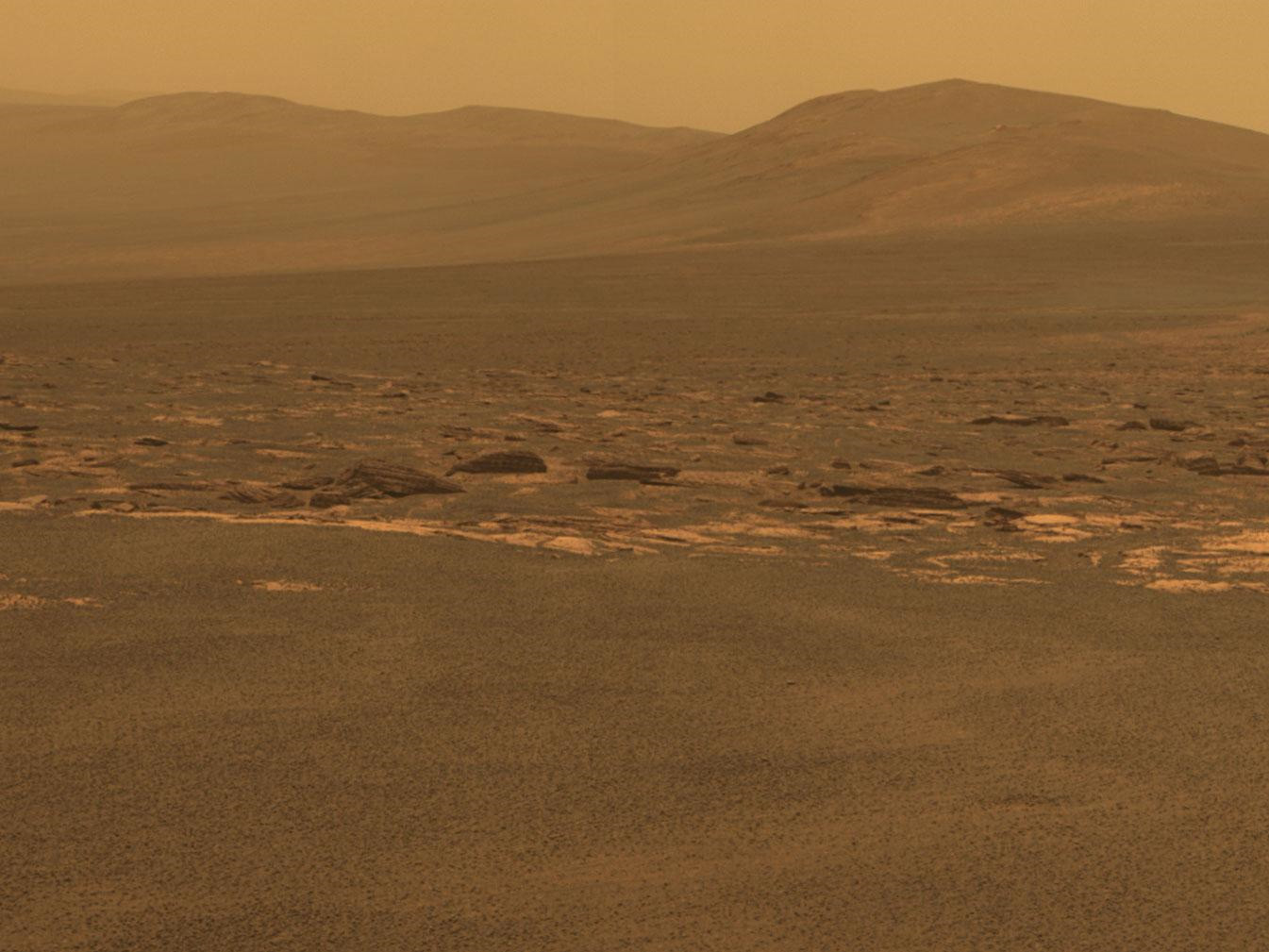
After a nearly three-year journey, NASA's Mars Exploration Rover Opportunity reached the giant crater Endeavour on Aug 9 to study rocks never seen before. [Full Story]
NASA Sun-Watching Satellite Spots Comet Elenin in Deep Space
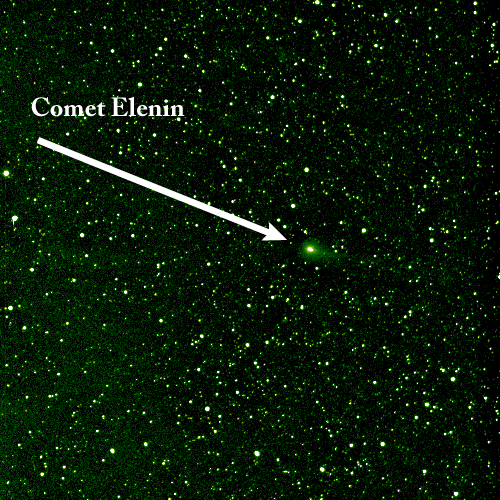
As Comet Elenin passed within just 7 million kilometers of the STEREO spacecraft, NASA rolled the observatory to take a look at it with its wide angle HI-2 instrument. This image was taken on Aug. 6. [Full Story]
It Never Rains But It Snows
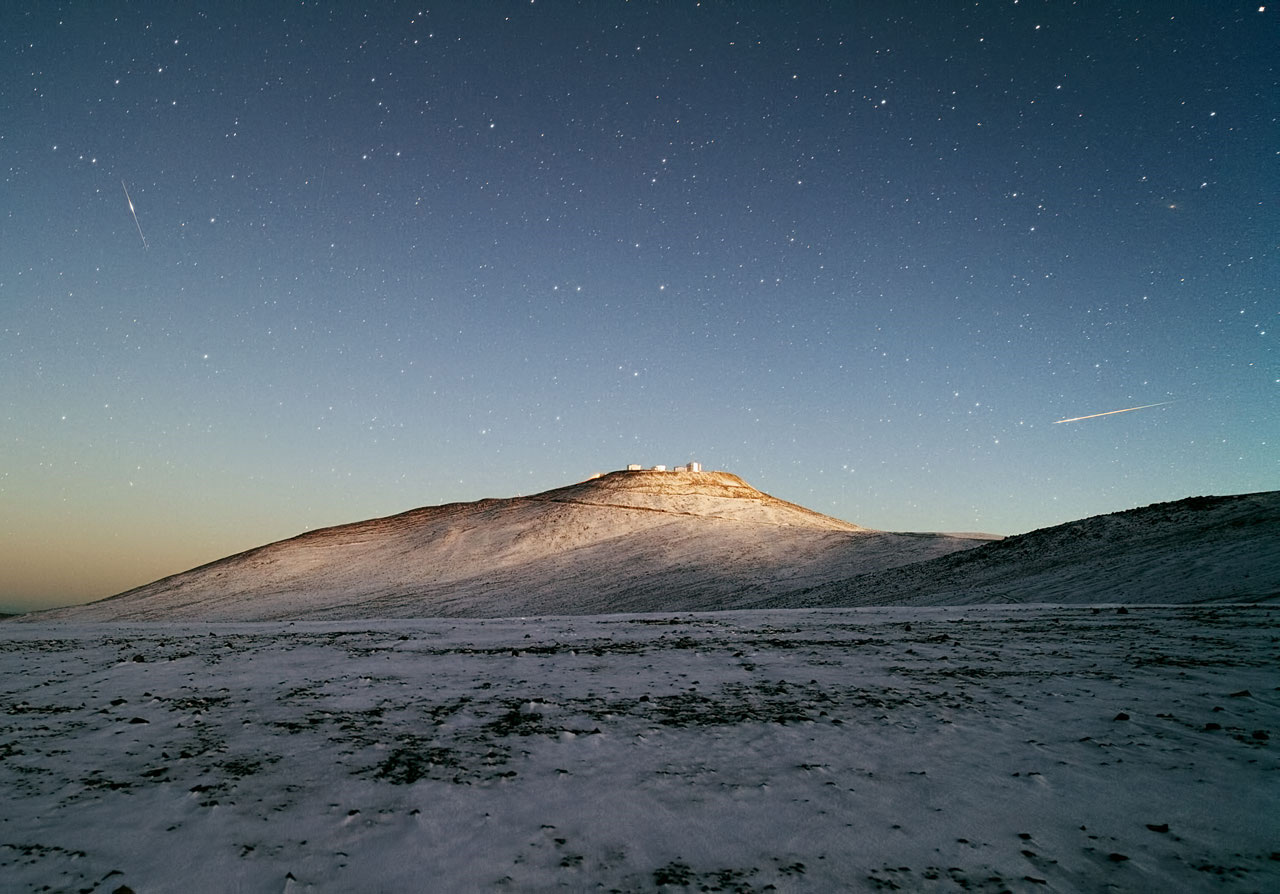
Snow rarely falls in the Chilean Atacama Desert, where ESO's Very Large Telescope sits atop Cerro Paranal, a 8500-foot-high (2600-meter-high) mountain. The Atacama Desert is a very dry place with humidity often dropping below 10 percent and rainfall of less than 0.4 inches (10 millimeters) per year. This picture, taken shortly before sunrise, shows the landscape of the Atacama and the mountaintop domes of the VLT, and also the night sky. To the left of the VLT is a satellite trail, and to the right a meteor streaks through the sky. [View all images]
The Wheel, It Goes 'Round
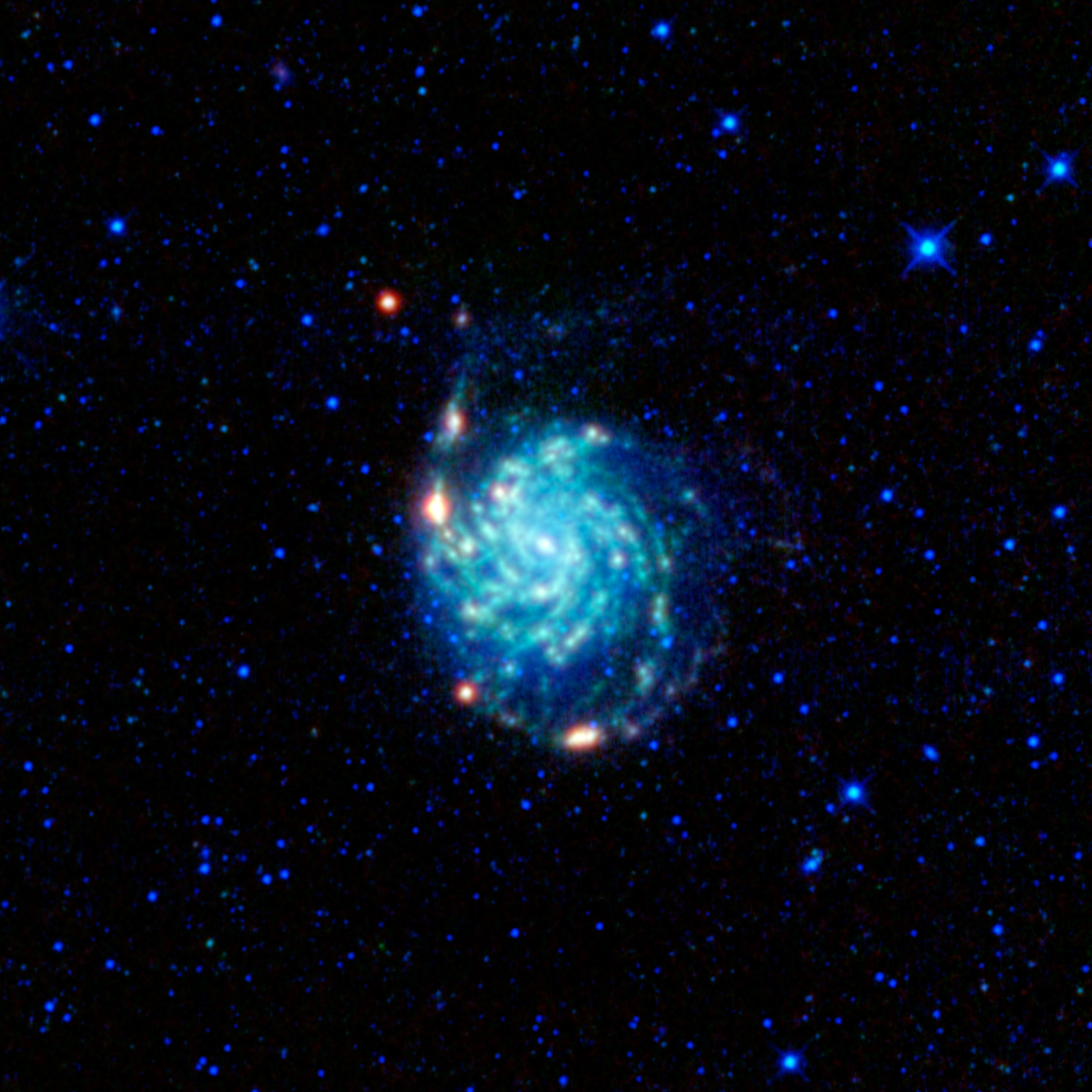
Charles Messier designated the object pictured here 101 in his catalog of fuzzy things in the sky that are not comets. Known sometimes as the "Pinwheel Galaxy," Messier 101 is a grand design spiral galaxy, a disk of hundreds of billions of stars with a small central bulge and prominent arms spiraling out from the center. Messier 101 is very large: At nearly 200,000 light-years across it is about twice the size of our Milky Way Galaxy. Its high levels of star formation and very well-defined spiral arms are likely caused by gravitational interactions with neighboring galaxies. [View all images]
Hubble Telescope Finds Glowing 'Necklace' in Space
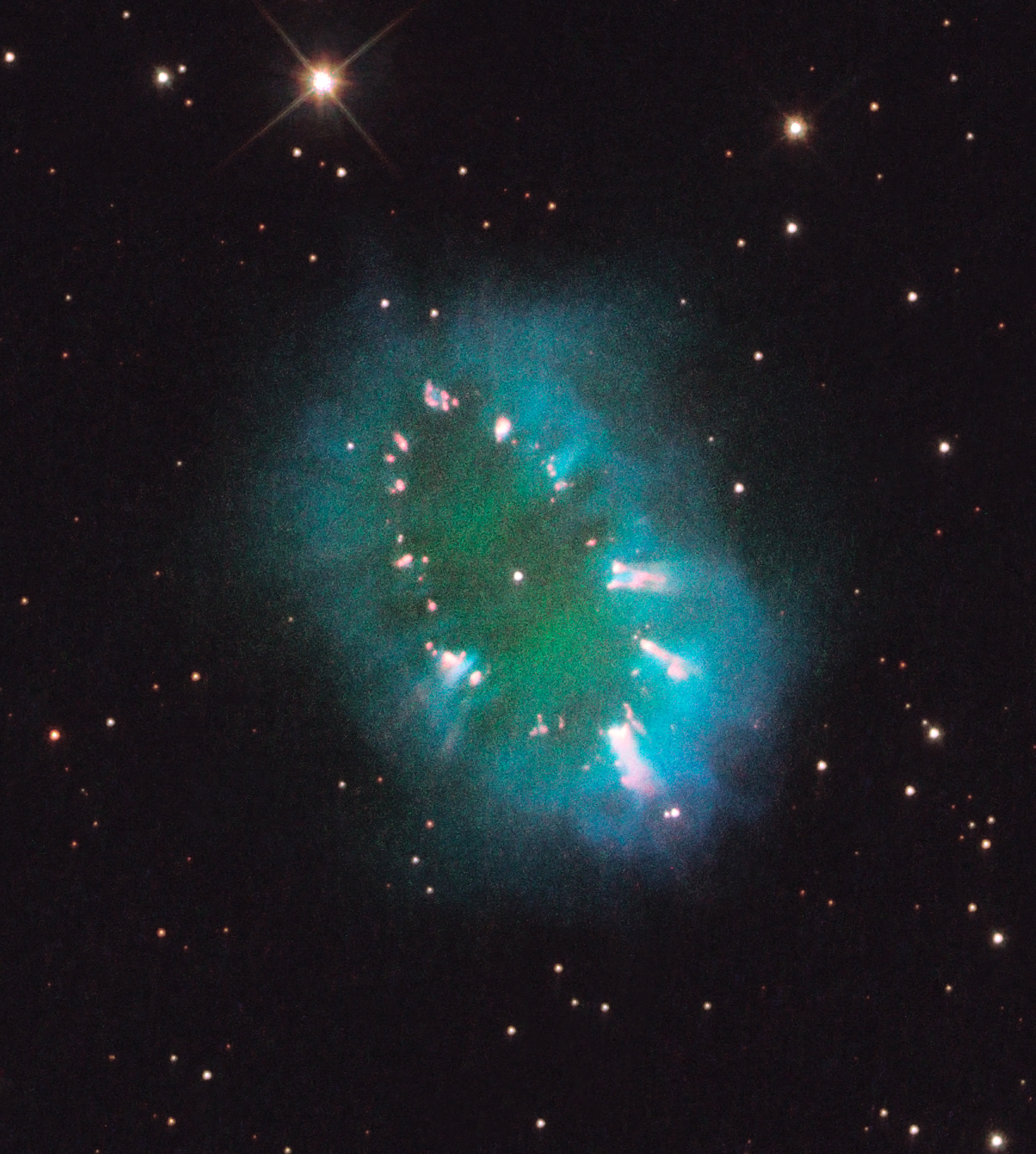
A giant cosmic necklace glows brightly in a newly released Hubble Space Telescope image, which NASA unveiled on Aug. 11. [Full Story]
Colliding Galaxies Form Exclamation Point in Space

Two colliding galaxies, in the early stages of their interaction, form a bright exclamation point in space in an Aug. 11 image. [Full Story]
Join our Space Forums to keep talking space on the latest missions, night sky and more! And if you have a news tip, correction or comment, let us know at: community@space.com.
Get the Space.com Newsletter
Breaking space news, the latest updates on rocket launches, skywatching events and more!

Space.com is the premier source of space exploration, innovation and astronomy news, chronicling (and celebrating) humanity's ongoing expansion across the final frontier. Originally founded in 1999, Space.com is, and always has been, the passion of writers and editors who are space fans and also trained journalists. Our current news team consists of Editor-in-Chief Tariq Malik; Editor Hanneke Weitering, Senior Space Writer Mike Wall; Senior Writer Meghan Bartels; Senior Writer Chelsea Gohd, Senior Writer Tereza Pultarova and Staff Writer Alexander Cox, focusing on e-commerce. Senior Producer Steve Spaleta oversees our space videos, with Diana Whitcroft as our Social Media Editor.
